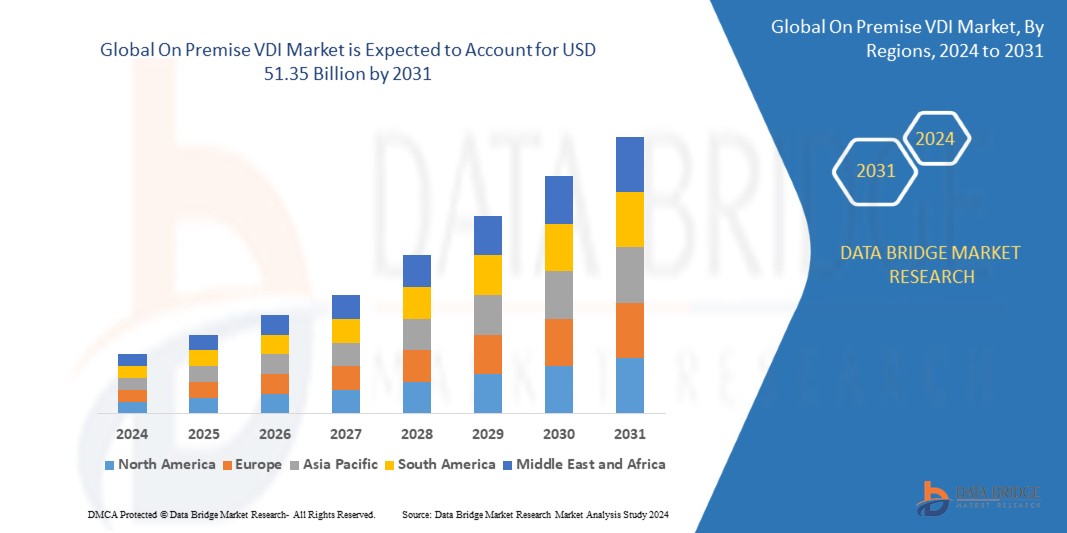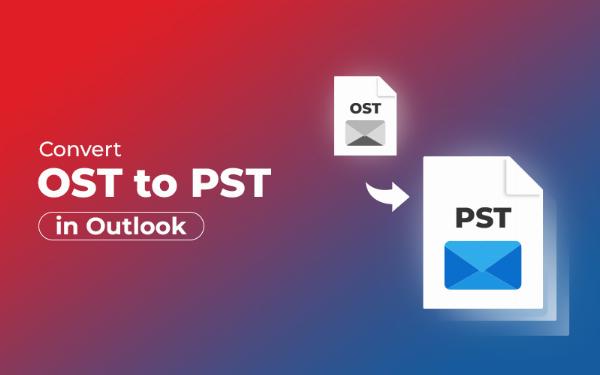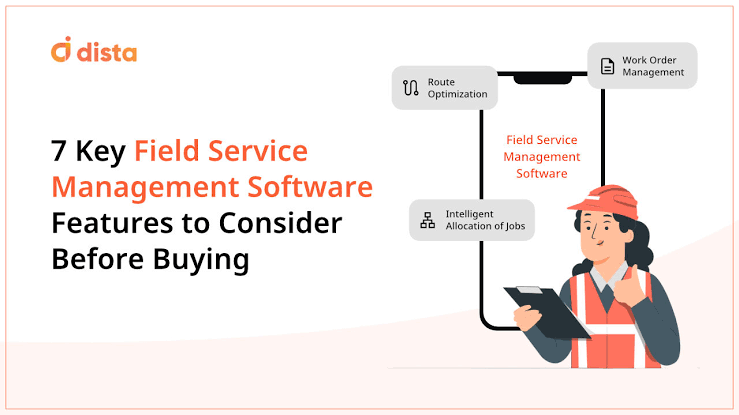How On-Premise VDI Enhances IT Control and Performance

Strong 8k brings an ultra-HD IPTV experience to your living room and your pocket.
Introduction
In today’s digital age, Virtual Desktop Infrastructure (VDI) has emerged as a transformative solution for businesses looking to enhance IT control, security, and performance. While cloud-based VDI solutions offer flexibility, on-premise VDI remains a preferred choice for organizations that require stringent security, compliance, and optimized performance. We will explore how on-premise VDI enhances IT control and performance, enabling enterprises to achieve greater operational efficiency.
Definition
On Premise VDI (Virtual Desktop Infrastructure) refers to a virtualization solution where desktop environments are hosted on servers located within an organization's own data center. This setup allows IT teams to centrally manage and deploy virtual desktops while maintaining full control over security, compliance, and infrastructure. Unlike cloud-based VDI, on-premise VDI requires organizations to invest in and maintain their own hardware, software, and network resources. It is commonly used by businesses that prioritize data privacy, high-performance computing, and customization.
What is On-Premise VDI?
On-premise VDI is a virtual desktop infrastructure hosted within an organization’s own data center rather than in a cloud environment. This setup allows businesses to manage and control their desktop environments, applications, and user access without relying on third-party cloud providers. Unlike cloud-hosted VDI, where virtual desktops run on cloud servers, on-premise VDI provides a localized solution tailored to specific enterprise needs.
Benefits of On-Premise VDI
Enhanced IT Control:
On-premise VDI gives IT teams complete control over infrastructure, enabling them to configure, manage, and optimize virtual desktops according to their organizational policies. This control helps in:
- Customizing security settings to meet compliance requirements
- Restricting unauthorized access to sensitive data
- Implementing tailored software updates and patches
Superior Performance and Reliability:
Performance is a critical factor when choosing between cloud and on-premise VDI. Hosting VDI within an organization’s data center ensures:
- Reduced latency and faster access to applications and files
- Greater reliability due to dedicated hardware and network resources
- Consistent performance without dependency on internet connectivity
Stronger Security and Compliance:
Security remains a top concern for businesses handling sensitive information. On-premise VDI provides:
- Greater control over data storage and transmission
- Respect for industry laws including GDPR, HIPAA, and ISO requirements
- Protection against external security threats and unauthorized access
Cost Management and Predictability:
While cloud-based VDI may have variable costs, on-premise VDI offers predictable expenses related to:
- Hardware acquisition and maintenance
- Software licensing and upgrades
- IT staff for management and troubleshooting This helps businesses plan their IT budgets more effectively and avoid unexpected costs.
Customization and Scalability:
With on-premise VDI, businesses can customize their virtual desktop environments based on unique requirements. Additionally, organizations can scale up or down according to business needs without being restricted by cloud provider limitations.
Key Considerations for Implementing On-Premise VDI
Before deploying an on-premise VDI solution, organizations should consider the following:
- Infrastructure Investment: Requires significant upfront costs for servers, storage, and networking.
- IT Expertise: Needs a dedicated team to manage and maintain the VDI environment.
- Security Implementation: Strong cybersecurity measures must be in place to prevent internal and external threats.
- Ongoing Maintenance: Regular updates, backups, and performance monitoring are essential for smooth operations.
Future Trends of On Premise VDI Market
Increased Adoption of Hybrid VDI Solutions:
Organizations are increasingly opting for hybrid VDI environments, combining on-premise infrastructure with cloud capabilities. This allows businesses to enjoy the security and control of on-premise VDI while leveraging cloud scalability for peak demands. Hybrid VDI solutions help optimize costs and enhance flexibility.
Enhanced Security and Zero Trust Architecture:
Security remains a top priority for enterprises using on-premise VDI. Future trends indicate a shift toward Zero Trust Architecture (ZTA), where strict identity verification is required before granting access to virtual desktops. Additionally, multi-factor authentication (MFA), endpoint protection, and AI-driven threat detection are becoming standard security measures in VDI environments.
AI and Automation in VDI Management:
Artificial intelligence (AI) and automation are set to play a crucial role in optimizing on-premise VDI operations. AI-driven analytics can help predict system failures, optimize resource allocation, and enhance user experience by dynamically adjusting performance settings based on usage patterns. Automated provisioning and patch management will further reduce administrative overhead.
Performance Improvements with Edge Computing:
The rise of edge computing is influencing on-premise VDI, allowing for faster processing and reduced latency. By deploying edge nodes closer to users, organizations can enhance application responsiveness, making VDI more efficient for workloads that require real-time processing, such as CAD applications and data-heavy operations.
Cost Optimization through Hyperconverged Infrastructure (HCI):
Hyperconverged infrastructure (HCI) is gaining popularity in VDI deployments due to its ability to streamline computing, storage, and networking resources into a single system. HCI simplifies management, reduces hardware footprint, and improves scalability, making on-premise VDI more cost-effective and efficient.
Growth Rate of On Premise VDI Market
According to Data Bridge Market Research, the global on-premise VDI market, which was valued at USD 17.50 billion in 2023, is projected to grow at a compound annual growth rate (CAGR) of 14.4% to reach USD 51.35 billion by 2031.
Conclusion
On-premise VDI remains a powerful solution for organizations seeking greater IT control, security, and performance. While it requires an initial investment in infrastructure and management, the benefits of enhanced security, improved performance, and cost predictability make it an ideal choice for businesses prioritizing compliance and reliability. By carefully evaluating their IT needs, organizations can leverage on-premise VDI to optimize their digital workspace effectively.
Note: IndiBlogHub features both user-submitted and editorial content. We do not verify third-party contributions. Read our Disclaimer and Privacy Policyfor details.







